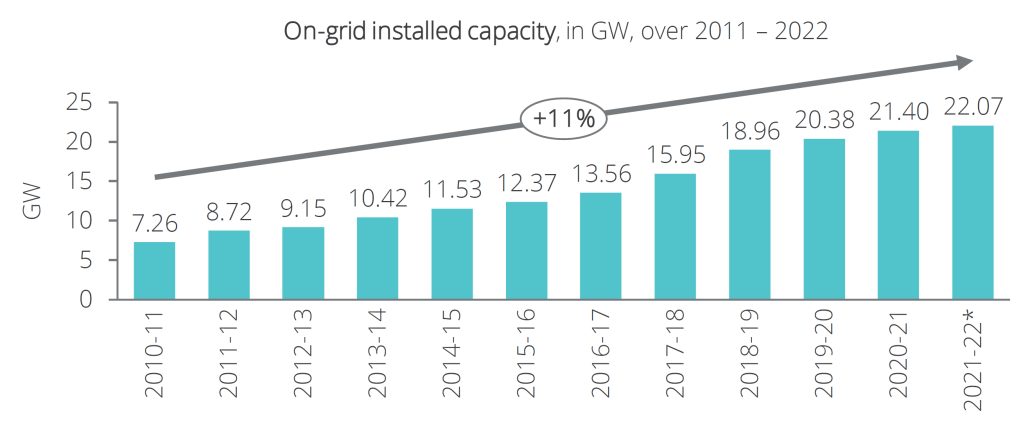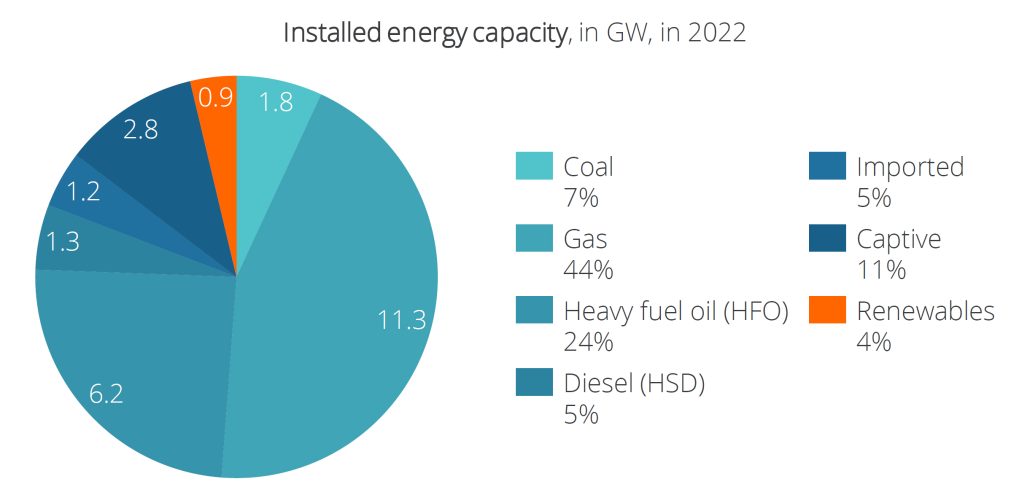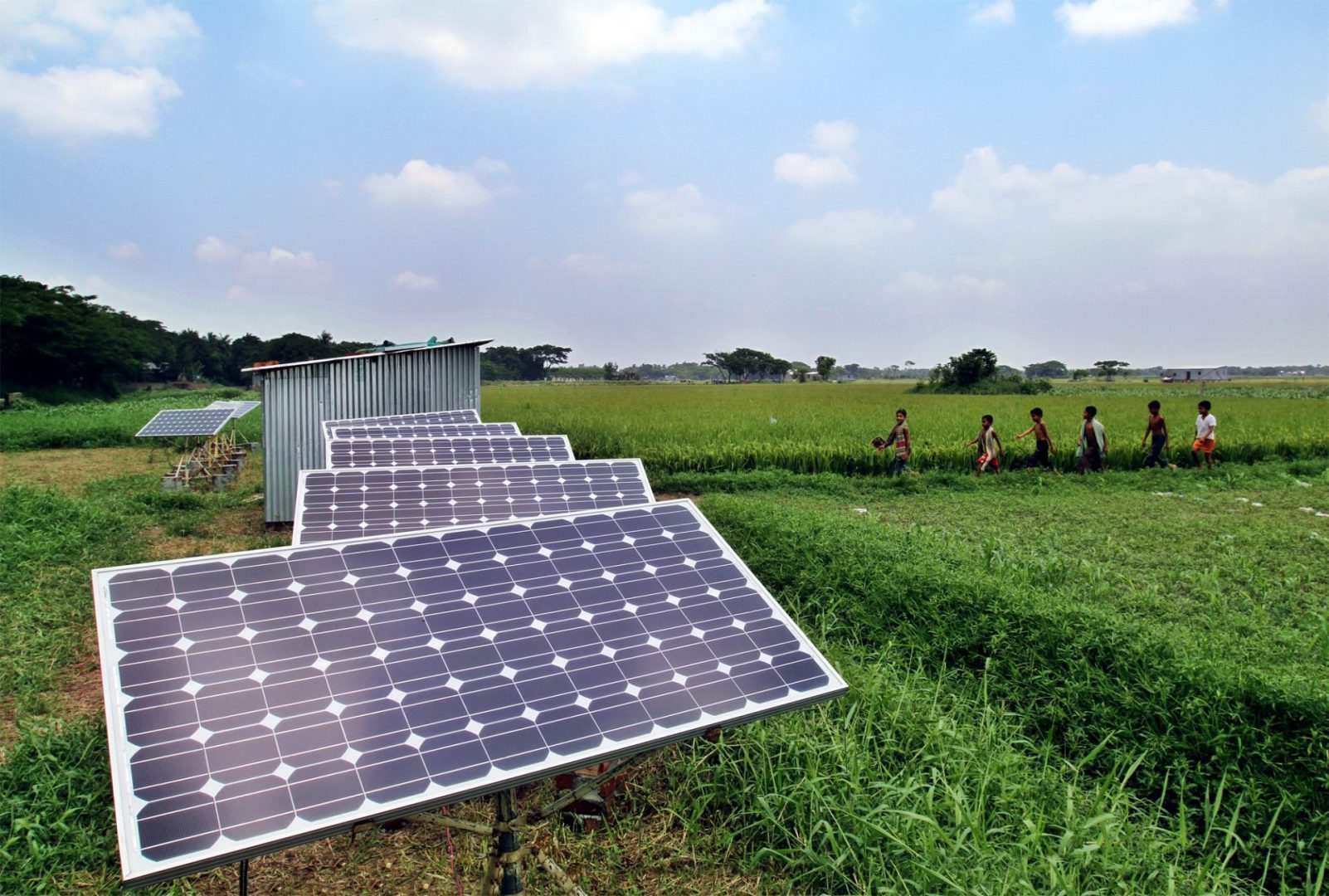The country has begun focusing on the integration of renewable energy following the Paris Agreement. Numerous infrastructural projects are being developed that include mega projects and industrial zones. These industrial zones and parks are planned to be eco-friendly with the inclusion of solar energy and wastewater management. Additionally, organizations will also receive government incentives for using clean energy sources such as biomass, wind, and solar.
Bangladesh is currently experiencing a crisis due to OPEC+ oil production cutbacks, the European Union’s embargo on Russian crude oil, and Russia’s energy war. All have contributed to an exponential spike in oil and gas prices, which has led to unaffordable energy import costs and soaring inflation. And the lack of renewable energy sources in the country and measures like capacity payments have also made the situation worse. However, regardless of the low share of renewable energy in the country’s power mix, there lies immense potential for solar power electricity generation.
Power Sector Overview of Bangladesh
As of 2022, Bangladesh’s total power generation capacity (on-grid and captive sources) is 25.5 Gigawatt (GW), and it has grown significantly over the past five years, and this has been a major cause of the increase in GDP. The country has also achieved a 98% electrification rate in the year 2021, bringing the majority of the population under electrification.
Natural gas has remained the primary and cheapest source of energy over the last decade. However, a reduction in the number of explorations and growing demand has depleted gas reserves. This has increased dependency on imported LNG and Heavy Fuel Oil (HFO). The current fuel mix of Bangladesh’s power plants heavily depends on natural gas, oil, coal, and diesel (jointly >80%), of which the government plans to reduce dependence on domestic natural gas. This is done by increasing the use of imported liquified natural gas (LNG), importing more electricity from neighbouring countries, and expanding the use of renewable resources, especially solar power.
Country’s Active Focus Towards Renewable Energy
Bangladesh has pledged to the Climate Vulnerable Forum to generate 40% of its electricity from renewable sources by 2041. This would result in a 16 GW renewable energy capacity in 2031 (30%) and a 40 GW capacity in 2041. The Government of Bangladesh had envisioned that renewable energy would contribute to 10% of the total amount of energy produced by 2020. Yet, the present amount of the total energy mix contributed by renewable sources is only 3.7%, Of which approximately 75% (or 2.8% of the total energy mix) is contributed by solar energy.
Nevertheless, the potential for photovoltaic power generation is high and consistent throughout the entire country and the state prioritizes utilizing power generated from renewable over non-renewable sources. According to government officials, multiple solar projects with a combined capacity of over 3 GW are scheduled for the upcoming years.
High Prospects for Solar Energy in the Rooftop Solar Segment
The overall renewable energy landscape is divided between small-scale projects and large-scale projects. But most capacity resides in large-scale solar projects, including solar-powered rooftops, irrigation, mini-grids, microgrids, nano-grids, and solar charging stations. Most small-scale renewable energy projects consist of solar-powered home systems and streetlights.
At present, 3 kinds of solar projects are taking place in the country: captive solar rooftops, solar independent power producers (IPPs), and solar home systems. Of these, captive solar rooftops have the highest prospect as industrial players are reducing their reliance on diesel and gas due to the instability of prices. Solar IPPs are being implemented as well. However, the scarcity of a prominent-sized landmass is hindering the growth of this avenue. Lastly, solar home systems experienced significant growth in the last five years due to IDCOL’s SHS program.
Persisting Bottlenecks in the Solar Sector
Even though the net metering policy was initiated in 2018, it only focused on the ability to transfer excess energy to the grid in return for a credit on the bill. The lack of specific policies for different projects has led to lower sector-wise adoption.
The current grid connectivity does not allow distributed renewable energy (DRE) solutions (irrigation, water purifiers, etc.) to entail under the net-metering guideline. Additionally, multifold decades-old grid infrastructure does not properly support the variable renewable energy.
On the other hand, domestic manufacturers have failed to sustain themselves in the market due to lower economies of scale and high demand for international products. The government has supported the domestic players by increasing taxes on imported panels. However, the tax structure remained the same even after domestic players left the market, causing increased market prices of solar panels.
Opportunities to Explore
As the growing readymade garment (RMG) sector is following compliant criteria to capture more market share, demand for solar rooftops has been growing. The current rise in fuel and energy prices has opted them to shift towards renewable solutions. This growing demand will help Dutch players to capitalize on their advanced technology.
Furthermore, solar energy could be integrated into cold chain storage of perishable products (eg. agri-food, pharmaceuticals) and water desalination. Dutch R&D of high-tech solar panels with high productivity/yield can also be integrated into greenhouses to foster sustainable protected cultivation in Bangladesh.
Solar can also be integrated into the aquaculture sector, by fostering the development of large solar-powered fish farms and the development of floating solar parks combined with the sustainable growth of fish and other water species.
In case you would like to learn more on the Solar Opportunities in Bangladesh, then join our webinar on Tuesday March 21, more information can be found here.





